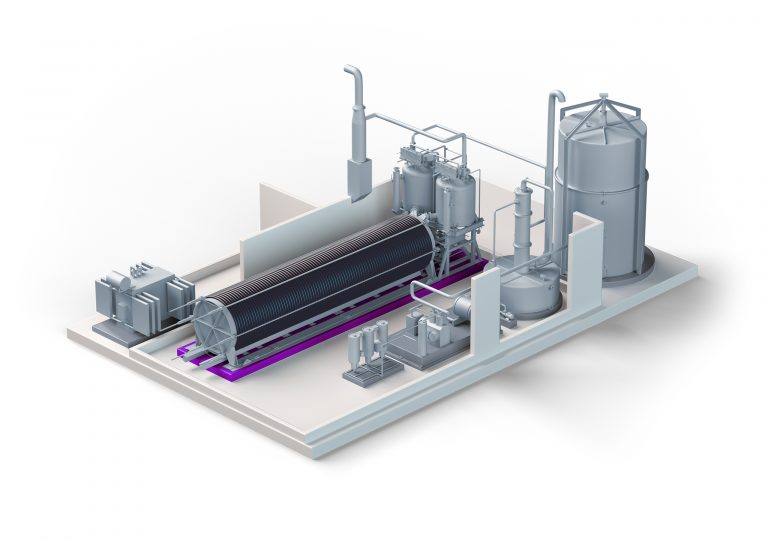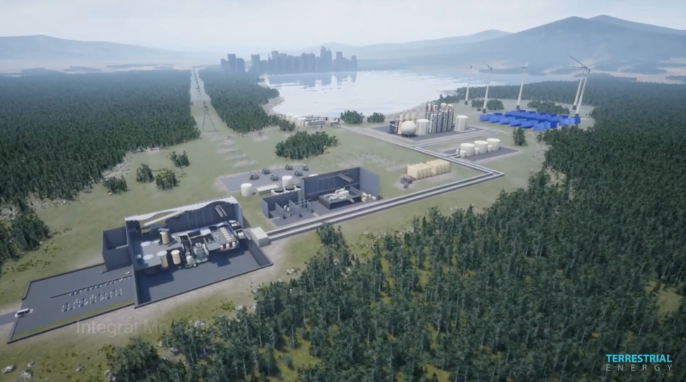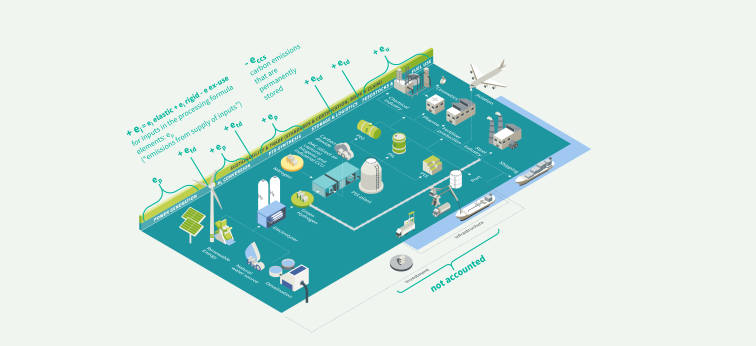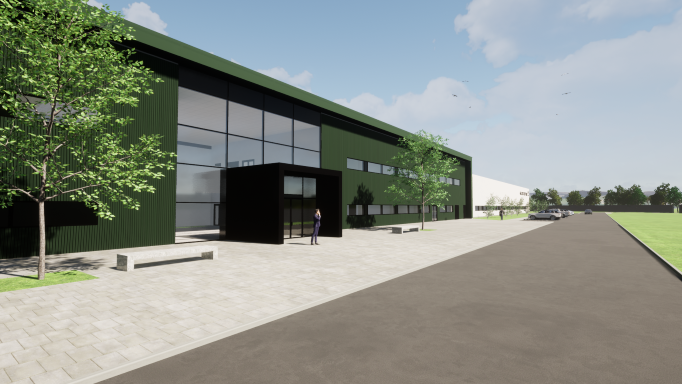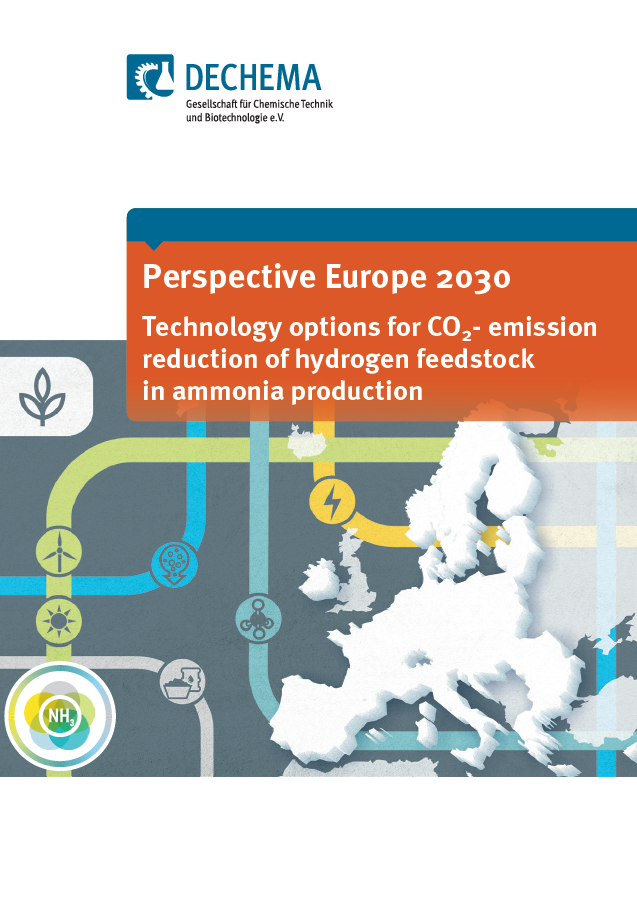Brazil’s first electrolysis-based ammonia plant takes shape
Brazil’s largest fertiliser producer Unigel has launched the country’s first industrial-scale electrolytic hydrogen & ammonia project. 60 MW of grid-connected, thyssenkrupp nucera electrolysers will feed the production 60,000 tonnes per year of ammonia. An existing ammonia production plant in Camaçari, Bahia province will provide the foundation for the project, which seeks to leverage the high share of renewable electricity in Brazil’s national grid. In other South American news, Uruguay’s officially-released Green Hydrogen Roadmap sets out ambitious decarbonisation goals. Green ammonia has a role both as an export commodity and for domestic use.


